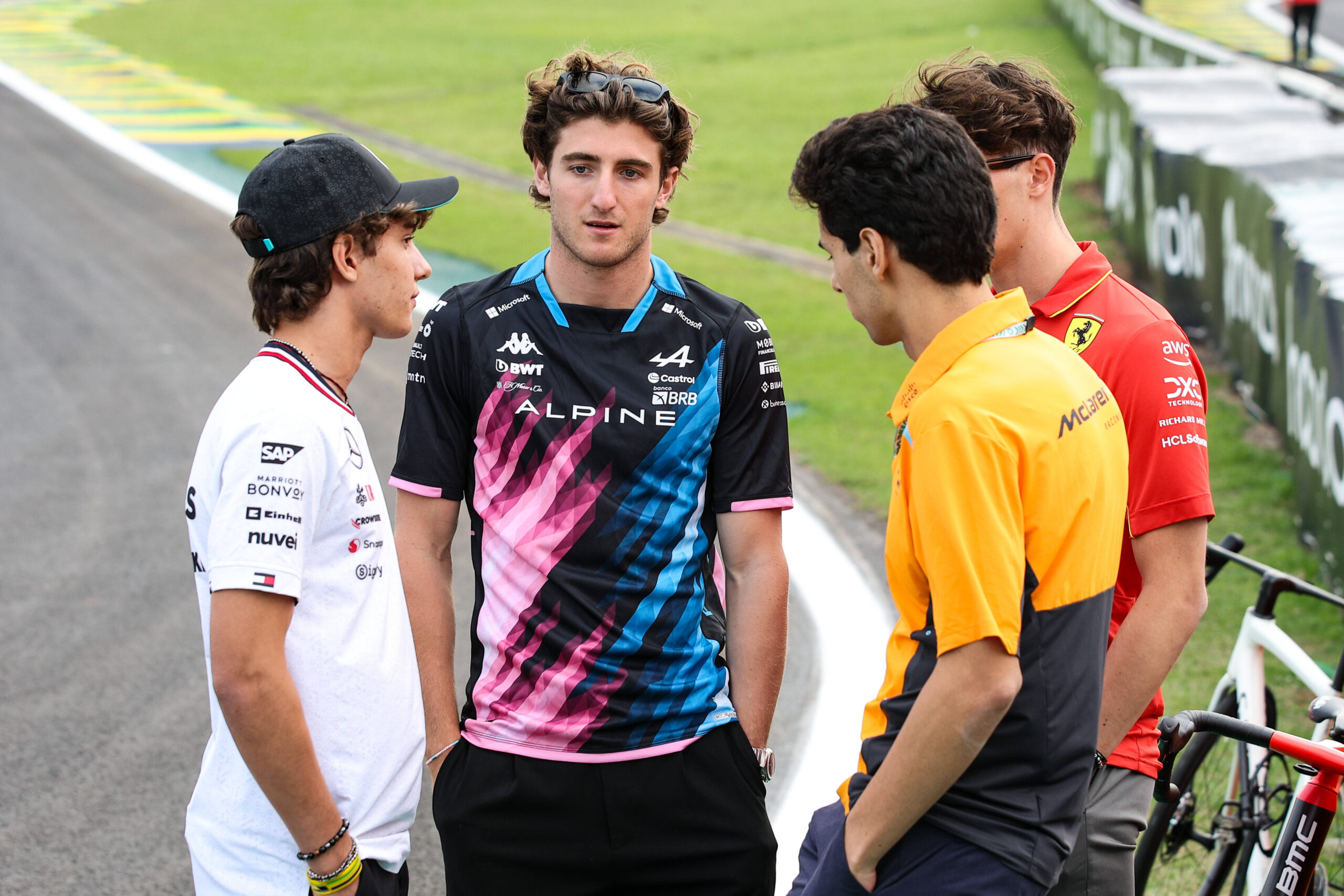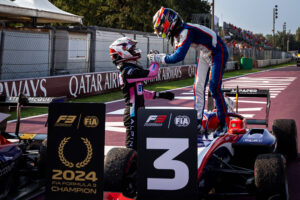Compared to 2025 F1 rookies, recent F2 champions are far from entering the grid. Is winning the F2 title still essential to make the step up?
The FIA Formula 2 Championship has reached its seventh edition. Since its inception, only five title-winning drivers have made the transition to Formula 1. Only three are currently present on the grid. The most recent driver to win the F2 title and step up to F1 was Oscar Piastri in 2021. He dominated the competition by winning six races. This means it has been three years since an F2 champion has graduated to Formula 1.
Next year marks a generational change, with four drivers confirmed to race their first full F1 season. Notably, none of these drivers have won the Formula 2 Championship. While not excluding the value of junior categories, which have prepared young drivers for years, two important questions arise. Is winning the Formula 2 title necessary to reach Formula 1? And what is the overall worth of the championship?
The growth of young talents
The junior series field is very complex. Not only do the drivers need significant funding to continue racing, but they also face a grid of approximately 30 competitors in categories like F4, FRECA, and Formula 3. The high number of participants makes on-track battles more competitive and challenging. Especially given certain characteristics of the single-seaters, such as the absence of an anti-stall device.
Those who manage to reach F2, where there are 20 drivers on the grid, have their last chance to prove they have what it takes to advance to Formula 1.
In 2025, three drivers from the current Formula 2 grid will make their way to Formula 1. Andrea Kimi Antonelli will join Mercedes, Oliver Bearman will go to Haas, and Gabriel Bortoleto has recently been announced to race with Sauber/Audi. The Brazilian is currently leading the championship, but the fight for the title with Iasck Hadjar is still open. The two are separated by just 4.5 points, and there are still two rounds left in the calendar: Qatar and Abu Dhabi.
Another rookie joining the 2025 F1 grid will be Jack Doohan. The Australian will take Esteban Ocon’s place in Alpine, after an entire year as reserve driver for the French team. Doohan finished third in the 2023 Formula 2 Championship.
Given the achievements of these boys, there is no doubt that the junior series has prepared them well for F1. The competitive environment in these series is highly formative and many senior drivers have noted that the skill level of the younger drivers has increased over the years.
The drivers try to improve all the time, pushing themselves to the maximum. While the high standards of the feeder championships serve as an excellent training ground for future drivers, there remains a concern regarding the value of the Formula 2 title and its significance on a driver’s resume when approaching Formula 1 teams.
What is the worth of an F2 title?
Formula 2 is the final step before F1, making the battle for the title more meaningful compared to other categories. However, in the last years, not all the champions of the series have had the opportunity to make the step up.
A striking example is Felipe Drugovich. The Brazilian only has the fault of having won the title in a championship where the overall level has often been the object of criticism. Similarly, the following year, Theo Pourchaire secured the title in the last race in Abu Dhabi, despite not having a brilliant season.
In 2024, the field appears to be more competitive but, the various reliability issues with the new cars and the mistakes made by the championship leaders, make it difficult to predict who will come out champion. The current season has undoubtedly been more hard-fought than last year’s. Three drivers have frequently swapped positions at the top of the championship standings. However, those who will get to F1 next year have not won the title. Except for Bortoleto, if he manages to maintain the leadership until the end.
In conclusion, the value of the Formula 2 title in recent years has diminished compared to the past. It no longer guarantees a move to Formula 1. Now more than ever, the drivers who aspire to get a seat in the premier series must work hard for it. It is important to emphasize that the worth of Formula 2 and other junior series should not be undermined. Next year, the F1 grid will feature a consistent number of young drivers, reflecting the trend of lower average ages. The feeder series play a crucial role in developing talent, and they are fulfilling their responsibility.






